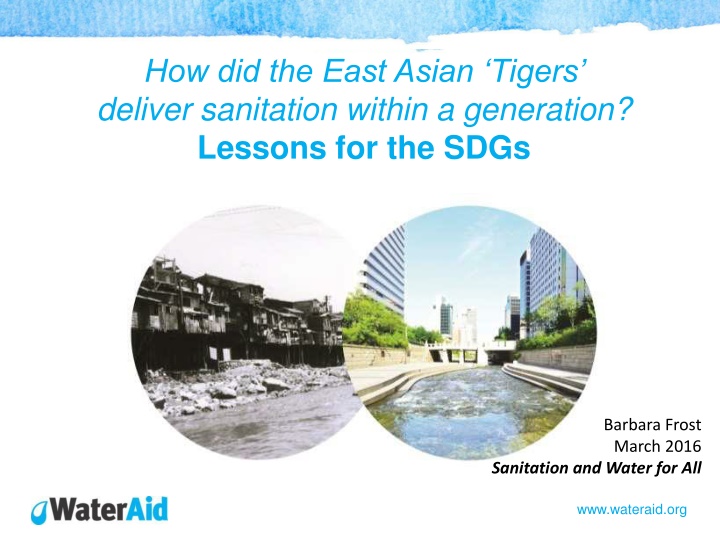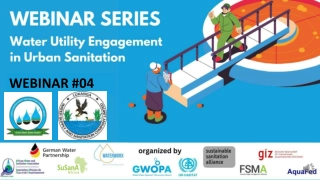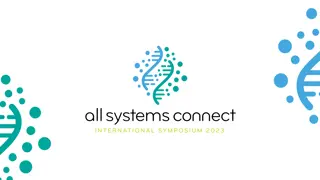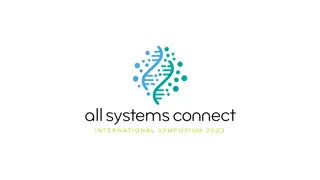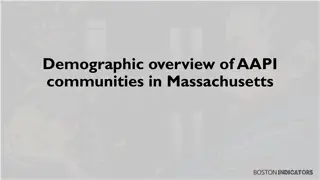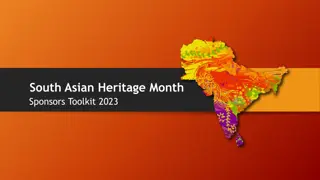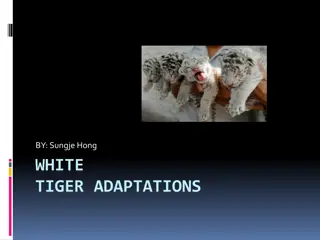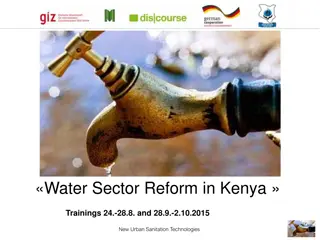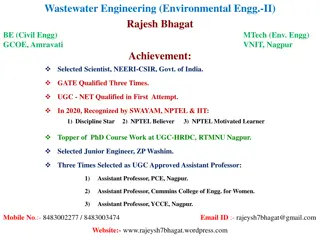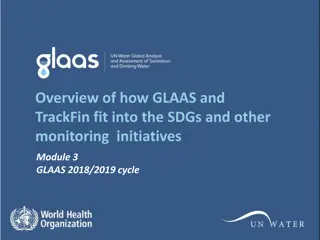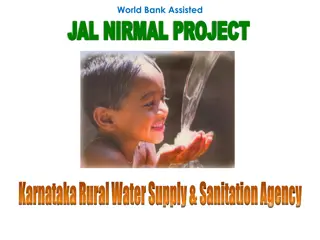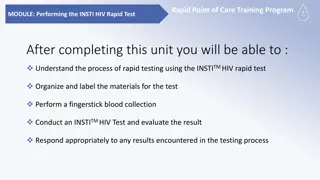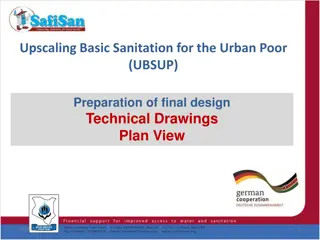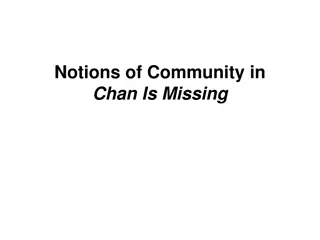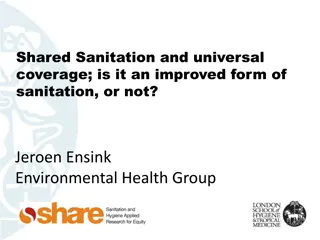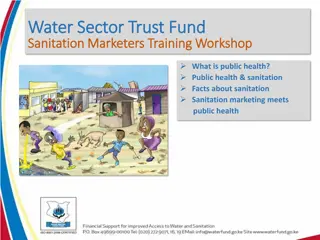Achieving Rapid Sanitation Transformation: Lessons from East Asian Tigers
Rapid and effective implementation of sanitation services was achieved by East Asian Tigers within a generation through high-level leadership, coordinated efforts, legislative reforms, and continual monitoring and adaptation. Lessons on political engagement, vision, and capacity building are highlighted for success in sanitation goals, as demonstrated by South Korea and Singapore.
Download Presentation

Please find below an Image/Link to download the presentation.
The content on the website is provided AS IS for your information and personal use only. It may not be sold, licensed, or shared on other websites without obtaining consent from the author.If you encounter any issues during the download, it is possible that the publisher has removed the file from their server.
You are allowed to download the files provided on this website for personal or commercial use, subject to the condition that they are used lawfully. All files are the property of their respective owners.
The content on the website is provided AS IS for your information and personal use only. It may not be sold, licensed, or shared on other websites without obtaining consent from the author.
E N D
Presentation Transcript
How did the East Asian Tigers deliver sanitation within a generation? Lessons for the SDGs Barbara Frost March 2016 Sanitation and Water for All www.wateraid.org
Transformational Change S. Korea Singapore 1970 --------------------- 1990 1947 --------------------- 1983 www.wateraid.org
GDP and Sanitation 1960 GDP/capita South Korea $155 Zambia Senegal 1990 South Korea had 90% plus coverage $227 $249 www.wateraid.org
Leadership is critical High-level leadership: Relentless Championing: Hygiene, Public Health and Cleanliness as drivers of development and modernity Driving Progress: Legislative and institutional reforms, behaviour change, ongoing adaptation, monitoring and reform Let s Try To Live Well - President Park, South Korea www.wateraid.org
Integrated Approach Rapid sanitation improvements and wider transformation need a co- ordinated approach Urban renewal Housing Education Health www.wateraid.org
Your function, first and foremost, is a function of a breaker of bottlenecks ... once a week, we have what I call morning prayers where all departmental officers get together and instead of writing tedious minutes on files to each other, they settle their departmental differences together, in a coordinated way, in front of the maps in their operations rooms. Deputy Prime Minister, Malaysia 1965 and 1966 www.wateraid.org
In summary Political leadership and engagement Vision - nation building, public health, cleanliness, modernity, prosperity Co-ordinated multi-sectoral approach Constant cyclical monitoring, adaptation and course correction Capacity building alongside improvements www.wateraid.org
SWA Behaviours Leadership Strengthening Country Systems Mutual Accountability Financing www.wateraid.org
Thanks www.wateraid.org
